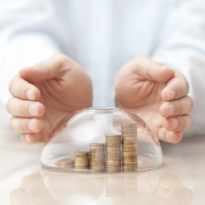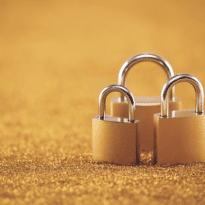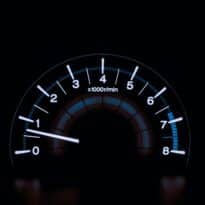One in five taxpayers is set to pay a higher rate of income tax by 2027-28, new analysis from the Institute for Fiscal Studies has revealed.
The think tank has calculated that the UK’s six-year freeze of income tax thresholds will become the single biggest tax-raising measure since the 1970s.
According to a new report from the group, just 3.5% of UK adults paid the 40% higher rate of income tax in 1991-92 but by 2022-23, this figure had more than trebled to 11%.
By 2027-28, the number of people paying income tax at 40% or above will reach 7.8 million, equating to one in five taxpayers and one in seven of the adult population, a near-quadrupling of the share of adults paying higher rates since the early 1990s.
The IFS said the freeze on income tax thresholds, which came into force in 2022, will represent the single most significant tax increase since Geoffrey Howe increased VAT to 15% in 1979 and will result in real household disposable income falling by 1.4% over the next five years than would have been the case if the personal allowance and higher-rate threshold had been increased in line with inflation.
Commenting on the findings, Gary Smith, partner in financial planning at Evelyn Partners, said: “Millions are being dragged into the higher 40p rate of income tax, with the burden spreading to those in jobs like teaching and nursing, and trades like electricians. Amazingly the report finds that if the same proportion of the working population now paid the 40p rate as paid 40 years ago, then only those who earned over £100,000 would now be paying the higher rate.”
“This, together with some cliff-edge marginal rates at the levels of £50,000, where child benefit starts to be withdrawn, and £100,000 – where an effective rate of 65% kicks in due to the withdrawal of the personal allowance – create some significant disincentives to advancement and the drive to boost earnings.”
Smith said one of the few ways to mitigate the effects of the freeze is to increase pension saving, although it can depend on how people access their savings and what tax rate they pay at that point. This is especially the case with salary sacrifice schemes.
Smith added: “We are already seeing an increase in the range of other salary sacrifice and non-taxable benefits being offered by employers in order to attract and retain staff, and this trend looks like it will only build.”
Laith Khalaf, head of investment analysis at AJ Bell, warned that the higher tax rates could cause stagnant economic growth for the UK.
He said: “Governments often tend to rake in extra coffers from salaries rising faster than tax thresholds, but the current freeze imposed by the Treasury is fiscal drag on steroids. That’s before you throw in the weird and wacky tax rates of over 100% which arise as a result of income tax combined with thresholds for childcare. On top of which the government is also slashing the tax-free allowance for dividends and capital gains tax.
“All of this adds up to an unholy cocktail of pressures on households in the midst of an inflationary crisis. Consumers now face a triple whammy of higher taxes, rising prices, and bigger mortgage payments. This all limits their ability to spend money, which has a knock on effect on the economy at large, and is a significant contributing factor to flatlining growth.”
According to Khalaf, the government faces a difficult balancing act as a result of pandemic costs and the energy cost scheme.
He added: “The Treasury faces difficult choices between raising taxes and curtailing spending, or abandoning debt targets, which might make things worse if the market’s reaction to the mini-budget is anything to go by. There is a small glimmer of hope for the Treasury, as borrowing actually came in £13.2 billion lower than expected in 2022-23. If that trend continues, the government may yet have a Hail Mary tax giveaway left in the game plan.”
[Main image: carolina-pimenta-ELO-NmuvFCM-unsplash]































